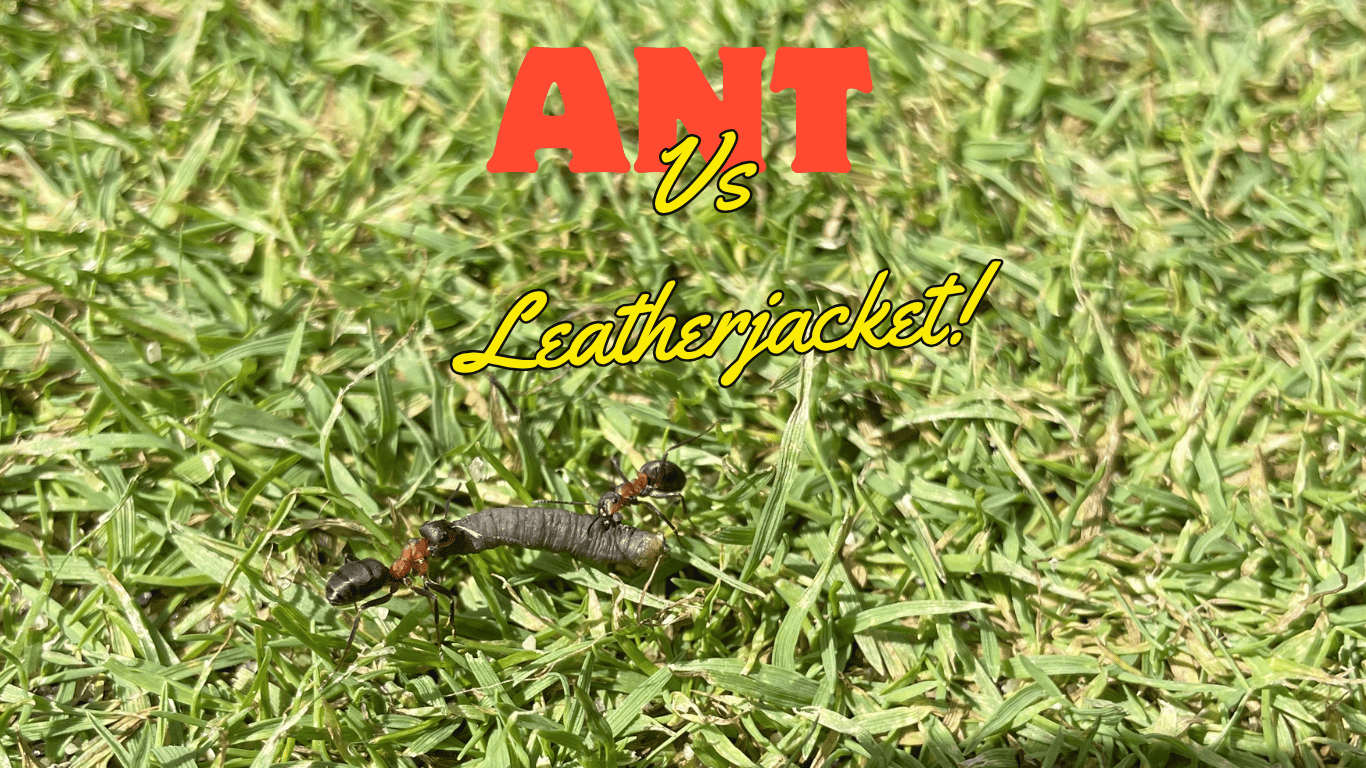For simplicity’s sake, and so we can compare results, I’ve kept the trial protocol very similar to last year.
You can read about the trial design in this blog from last year.
But to recap; we treat half of each tee, 18 tees.
Application timings are based on the Smith-Kerns pressure (before we reach 20%).
No application is made for 25 days, then they continue to monitor and apply the next treatment if the pressure comes towards 20% again.
The aim here is to apply before we reach 20%, so if the TurfAdvisor app is predicting 20%+ pressure for Wednesday and Thursday, you spray Monday or Tuesday.

The order of treatments is:
- Ascernity (this treatment went down 11th July with the first strong pressure they logged)
- Instrata Elite
- Experimental treatment 1 (undergoing registration)
- Experimental treatment 2 (undergoing registration)
- If we still have pressure at this point in the season the rotation repeats from the start…
Trial site
Geographically the trial has moved around 200 miles East, from the South west (coastal – the traditional heartland of dollar spot in the UK) to the South East.
This years dollar spot user trial is being conducted by Gog Magog golf club just outside Cambridge.
The site has been affected increasingly by dollar spot in recent years, and selfishly is very close to where I live now so I can pop in to do an assessment before golf gets going.

Like most clubs they have little interest in treating tee’s for dollar spot.
The reason I’m doing tees instead of greens is so I can keep an untreated area.
When we do greens user trials if the disease cover ramps up the team may come under pressure to treat the greens to contain the spread, understandable, but for me I would loose the trial at that point.
Tee’s allow more to happen, but we need to remember they are different surfaces when interpreting the results.
Why are we only starting now?
So far it’s been a slow start to the dollar spot season in this trial, considering they can get outbreaks from April/May it’s only really been higher disease pressure in July this year.
June weather wasn’t great for most, but the positive is it wasn’t conducive to dollar spot.
Averages across the UK:

You can see we were tracking that little bit cool for the dollar spot outbreaks we saw last year.
Results teaser …
I did the first assessment of disease cover 10th July and will do the same weekly to see how things progress.
Dollar spot disease coverage was on average 1.9% 10th, and has risen to 4.2% as of the 17th.
For pointers on getting to grips with dollar spot on your site see the previous blog.




